Greg Klarfeld/Mellinet
Ghent-based graphic designer and drag artist
How has your recent expression of queerness and drag begun to flourish and grow? What inspires your work and what is your creative process?
“The idea started one Turkish summer, when I slipped into my twin sister’s dreaded red polo dress. She never liked it, much to my parents dismay. I tried to get her to feel comfortable wearing it by showing her how easy it was to get into. It was. It fit me beautifully. We shared our first queer moment.”
“Years passed, the dress ended up on a dusty clothing rack only to be found again a week before an event called Send In The Clowns – I got tickets, bought red panties to match and borrowed blue heels from a friend. The look was set: I was going to wear this dress and walk in these heels for the first time in my life…”
“My expression of queerness started to flourish in the coming months. As queer events and parties multiplied, so did my desire to wear make-up, dresses, heels and panties. I also started to experiment visually with the photos that were taken and rediscovered an art style that is reminiscent of the airbrush technique often seen in imagery of the 80's. It is a decade that resonates with me: the fashion, the music, the sense of sexual freedom, the quirkiness, and most importantly, the use of color.”
“It is also a decade that I often associated with my late mother, who passed away earlier this year. She was a vibrant and colorful person herself. In the last years of her life, she lost her appetite for socializing and did slowly wither away last winter, with her magnificent and chic wardrobe: a collection of timeless and eclectic pieces.”
“I figured I could recall her Grand Days, or the person she had hoped to be as she wore these items, by wearing some of her clothes and combining it with drag. It feels perverse at times, but the timing just feels right.”
What about and graphic design as a medium speaks to you? How did you get your start in it?
“Graphic design is my daily bread and butter. It was not my first career choice growing up. I wanted to become a scientist, but soon enough realized that the problem solving aspect of working in a lab for example, could just as well be utilized in visual thinking and art. I went to university for biomedical sciences but after the second year, I changed to graphic design and never looked back.”
Did you have any queer role models? If so, who?
“My greatest queer role model is Grace Jones. Libertango (I've Seen That Face Before) was the first number I performed to. I also get a lot of inspiration from the group of people I've been surrounding myself with. Other queens such as Krietjur, Mauve Lux and Susan From Grindr but also friends, and really any queer person I come into contact with. It is their stories that fuel me.”














